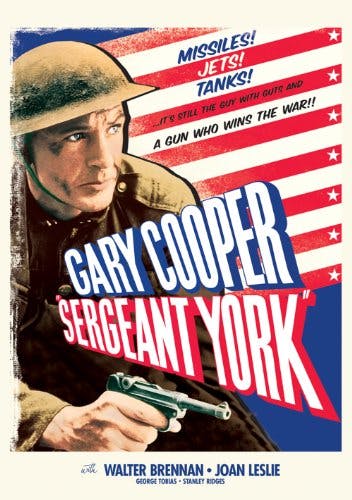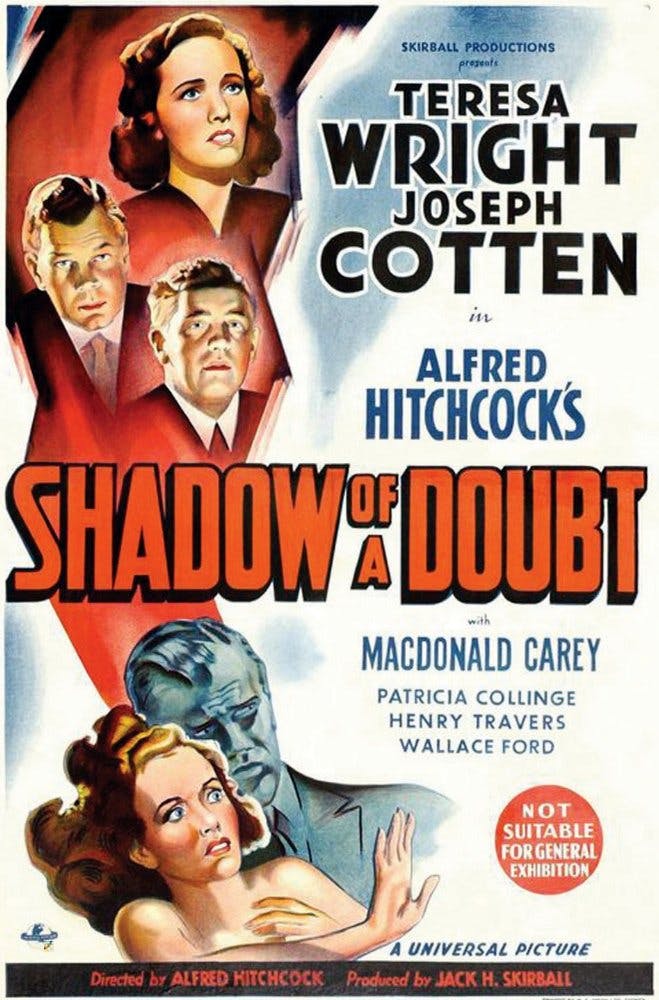The trouble with the movies is that they so seldom get below the surface of a story and its characters, that their whole is rarely as good as the parts, and the characters of their players—Gary Cooper or Margaret Sullavan, for instance—are usually more powerful than the characters they play. The movies don’t have any Tom Joneses, Raskolnikovs or Natashas. What you remember about Sergeant York is Gary Cooper. Script writing has been rare that could make the whole equal to its good parts, as were Alice Adams, Wuthering Heights and The Lady Vanishes. The reason I mention this now— it being always true—is that I have seen four movies in the last week dealing with the resistance to Nazism in the conquered countries, none of which came anywhere near to revealing the nature of such resistance.

They missed the point because they were governed by the traditional attitude of characters subordinated to plot. There are three fundamentals of a traditional movie plot: it is composed of spectacular events, the spectacular part is all that’s shown of the event, the events run on one level only, and in one direction as far as time is concerned (the flashback is a beginning toward breaking down this attitude, but it too has become stylized).
It is the use of the literary writer’s technique of storytelling (rather than a technique developed especially for movies) which results in scripts that miss the essential fact that the camera medium is enormously fluid: having a voice, eyes and legs, it is more fluid than any other medium. Like the mind, it is physically unbound and can move into all levels of experience. But traditional movies stick grimly to the conception of telling a story that moves in one direction over the surface, rather than in all directions and in depth. An example of the nimbleness of the medium is seen in a skillful touch in Now, Voyager, in which a woman who has partially broken away from the domination of her mother is faced with a decision that calls for complete independence. The close-up of her face at this point dissolves into the face of her mother, projecting in a split second the whole psychological relationship. The movies compulsively labor the idea that in order to get their stories told they must proceed in an orderly fashion, from spectacular event number one straight ahead to spectacular event number twenty. (The occasional experiments which go beyond this are few and far between.)

The camera which moves in a close-up to a person’s face need not stop there but can go on into his thoughts, the flow of his memory—Under the surface. That was the real contribution of Citizen Kane—not the three-dimensional photography or the three-dimensional sound, but the three-dimensional character projected by showing Kane’s life from many points of view and sources in time. There was a quality in Citizen Kane which could stick in the mind, the character had a depth and structure, and a personality other than that of a hero or a villain. Because the movie concerned itself with the living of a life rather than with a life only. But this was the exception. Hollywood projects events and throws the character into the event and the quality of living is never captured. The least thing the painter Strickland did in The Moon and Sixpence was paint; the least thing mentally ill Charlotte did in Now, Voyager was to suffer the symptoms of mental illness; the least thing first baseman Lou Gehrig did in Pride of the Yankees was to play first base. Necessarily, when so little real character is written into their roles, the actual personalities of Saunders, Davis and Cooper must make up the difference.
Shadow of a Doubt is an example of what films might do in breaking with the idea that the story is more important than the movie. It was not the plot that Hitchcock projected, it was the sense of doubt seeping through a certain number of people. He was solely concerned with their behavior and effect on one another as shown by their actions within this doubt. Hitchcock had stopped being dictated to by the necessities of a plot, as he was in Foreign Correspondent, and filled his movies with what he was really interested in, and what was interesting to an audience—the use of the camera to tell more about people and a situation than that a muddle arose and was straightened out at the end.
